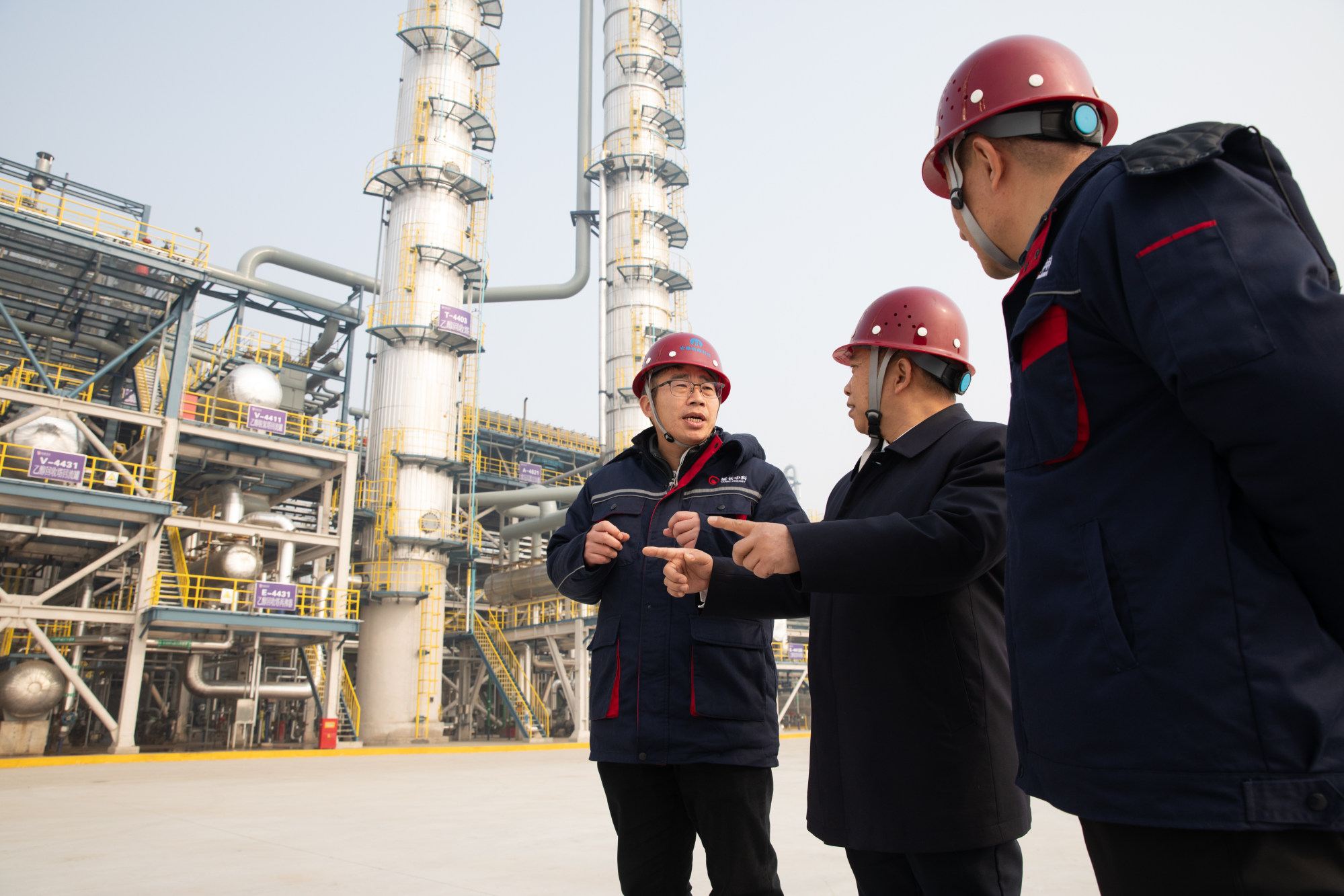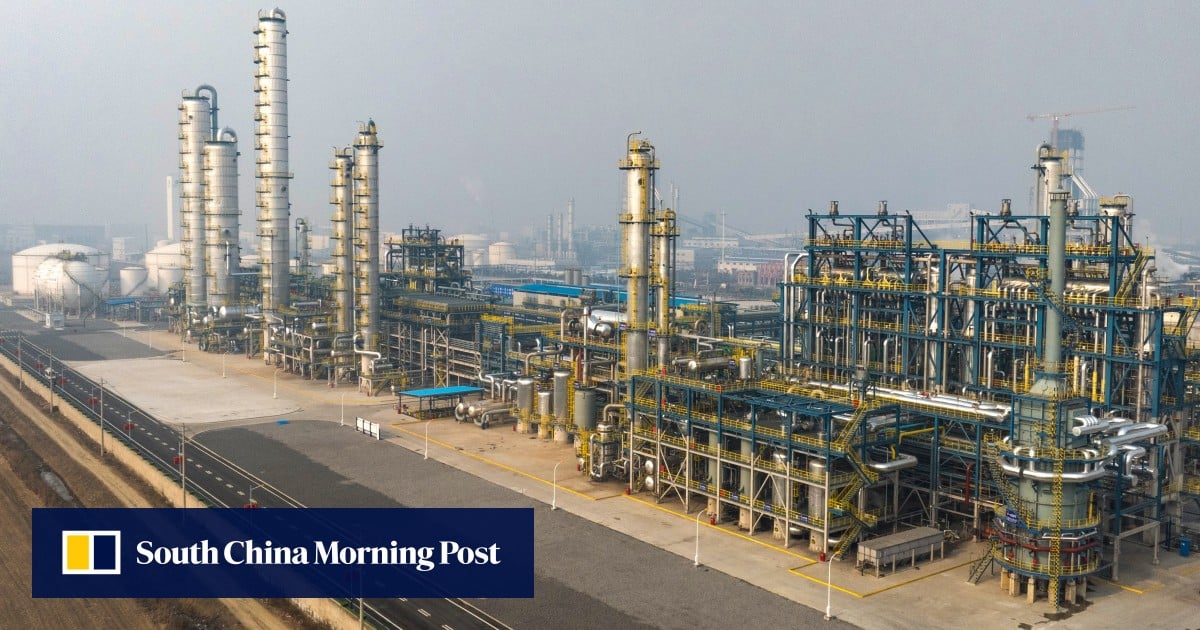The world’s largest coal-based ethanol production plant has begun trial operations in southeastern China, state media reported.
The plant, which has an annual production capacity of 600,000 tons, uses coal rather than crops as the feedstock to produce ethanol, a gasoline additive and valuable basic chemical. This is expected to ease pressure on China’s food sources while reducing dependence on fuel ethanol imports.
Ethanol is a clean, renewable energy source with a density similar to gasoline. Anhydrous ethanol with a concentration of 99.5% or higher can be mixed with gasoline to improve exhaust emissions and enhance the combustion performance of the fuel.
Traditional ethanol production from corn and sugarcane competes with food supplies, and soaring grain prices in China are also a challenge. Using low-grade coal, a mineral that China has in abundance, could save millions of tons of grain a year.
“The new production route is crucial for China’s food security, energy security and chemical industry supply chain,” the Chinese Academy of Sciences’ Dalian Institute of Chemical Physics (DICP) said in a report on its website.
China’s corn-based ethanol fuel production appears to threaten food security
China’s corn-based ethanol fuel production appears to threaten food security
The coal-fired power plant in Huaibei, Anhui province, uses advanced technology jointly developed by DICP and state-run Shaanxi Yanchang Petroleum Group, state-run Xinhua News Agency reported on Friday.
The new technology, called DMTE, produces methanol from coke oven gas, a byproduct of coke production, and reacts it with other substances to produce ethanol. According to the DICP report, large-scale production of ethanol will be possible not only from coal but also from natural gas and gas from steel plants.
China is the only country known to have introduced this technology at an industrial level.
Ethanol is an excellent energy product because it can be converted to ethylene as a chemical feedstock or can be used in place of ethylene in some reactions, making it an excellent energy product as well as a bulk chemical feedstock that can be used to make hundreds of related products. It has characteristics.
Currently, global ethanol production has reached approximately 100 million tons. This chemical is produced primarily by the United States and Brazil from crops such as corn, cassava, sugar beet, and sugarcane, and is primarily used as fuel ethanol.
Although China has high demand for fuel ethanol, it is facing serious shortages. Last year, the company produced around 2.7 million tonnes of fuel-grade ethanol through fermentation of aged grains, but a market gap of 10 million tonnes meant it was heavily reliant on imports.
The Coal to Ethanol team, led by DICP Director Liu Zhongmin, developed the environmentally friendly DMTE route after researching non-crop ethanol production methods since 2010.

In 2017, the team helped design the world’s first 100,000 ton coal-to-ethanol production line, installed in northwestern Shaanxi province. The researchers then optimized the reaction process and reduced manufacturing costs by replacing the original expensive catalyst with a non-precious metal.
Last June, China officially achieved international standards for coal-to-ethanol production with the commissioning of a 500,000-ton facility equipped with only domestic equipment, also in Yulin, Shaanxi province. The facility is currently the second largest facility in the world after the Huaibei factory.
“Currently, 13 industrial facilities [including two overseas ones] It is planned to use DMTE technology and will constitute an ethanol production capacity of 3.95 million tons per year,” the DICP report said.
